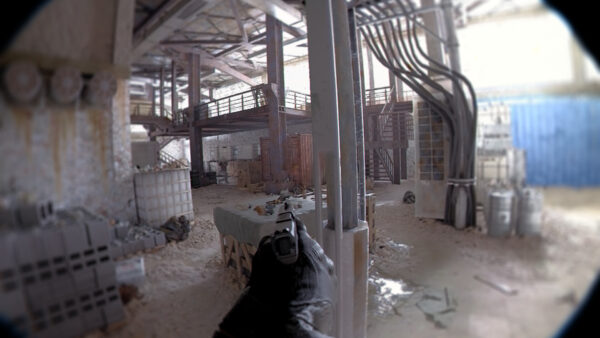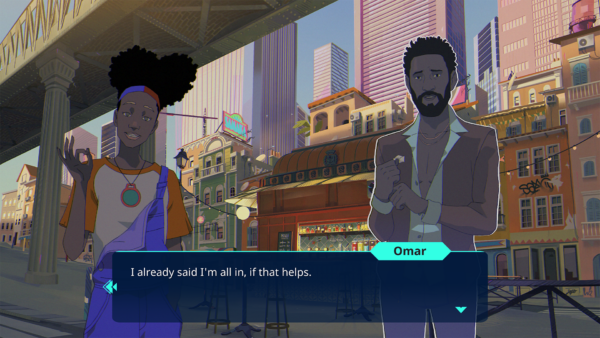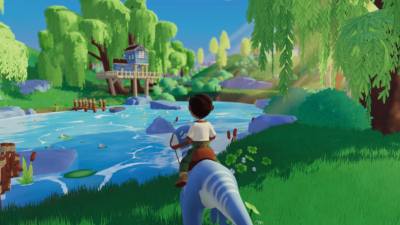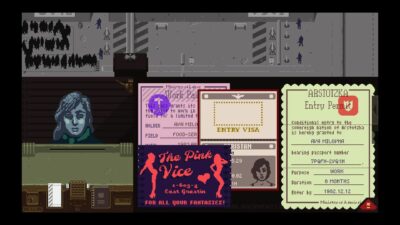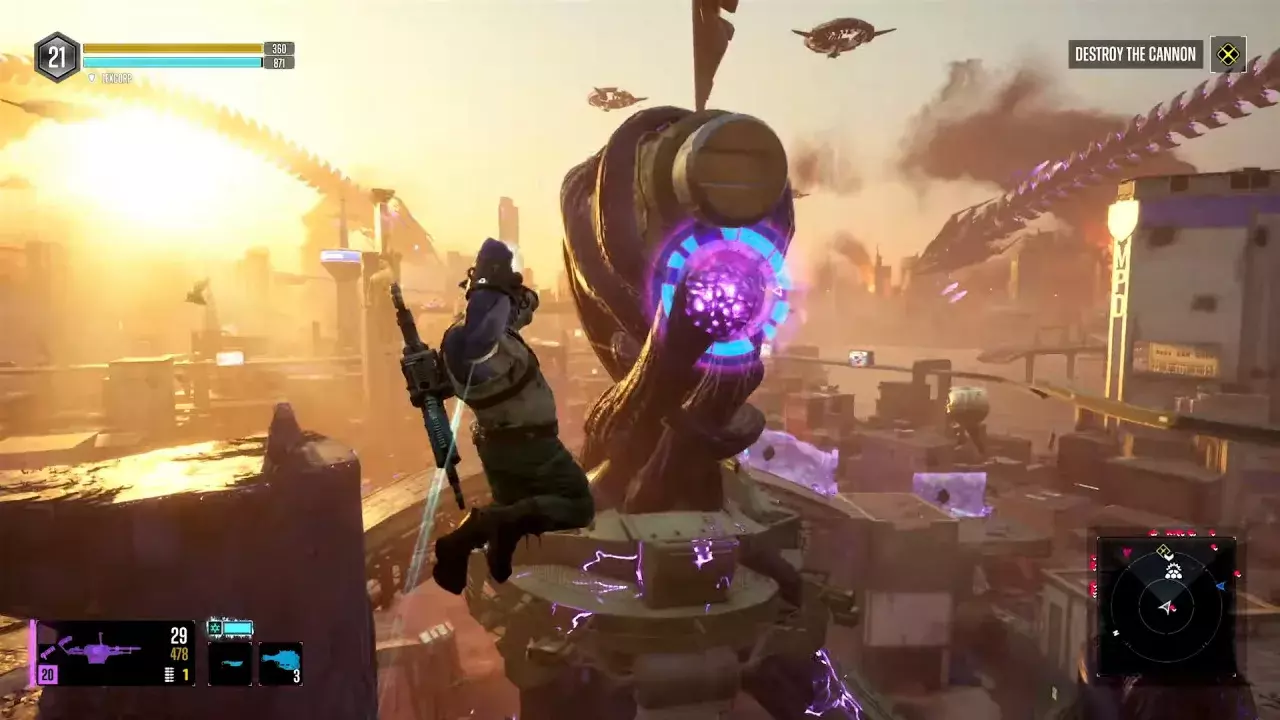
With the biggest games taking up to seven years to make, what happens to the triple-A industry next? We caught up with some developers to find out.
It seems like the days where you would enter a brick-and-mortar games store and spot shelves of new triple-A releases are a thing of the past. Is that because fewer retail stores solely dedicated to games still exist? Probably. But it’s equally apparent that games made on the largest budgets – the so-called “triple-A” titles of the world – are releasing less frequently.
Development cycles have gotten longer, creative burnout is increasingly prevalent, and when triple-A games do eventually release there’s a fair chance they’ll suffer from technical issues at launch.
The latest example of this confluence of disasters is Redfall, Arkane Austin’s vampiric co-op shooter whose core design issues instantly hit anyone who sank their fangs into its paper-thin gameplay loop for even 30 minutes. As the first Xbox Series exclusive to cost $70, it should have been a rousing statement of intent for Microsoft’s future gaming prospects. Instead, it left players wondering how a game of this size, scope, and budget was allowed to launch in such a state. Redfall’s downfall hadn’t yet happened when I first started researching this article, and yet its story is hardly unusual among triple-A games.
Games like Redfall wouldn’t sting as much had they been turned around in a couple years. But on average, triple-A titles can take between four to seven years to complete – sometimes longer, as cases like Skull & Bones and Suicide Squad: Kill the Justice League (which still aren’t out) prove.
“There are a bunch of simultaneous issues dragging out the development of big games,” says Alex Hutchinson, creative director on such blockbusters as Far Cry 4 and Assassin’s Creed III. It was soon after the former’s release that he chose to break out of the large-scale publisher machine, first by heading up 2020’s whimsical space adventure, Journey to the Savage Planet, and now as a founder at independent studio Racoon Logic. “The games themselves also just keep getting bigger, meaning more assets to produce, and the assets themselves are becoming more detailed and complex, both of which slow you down.”
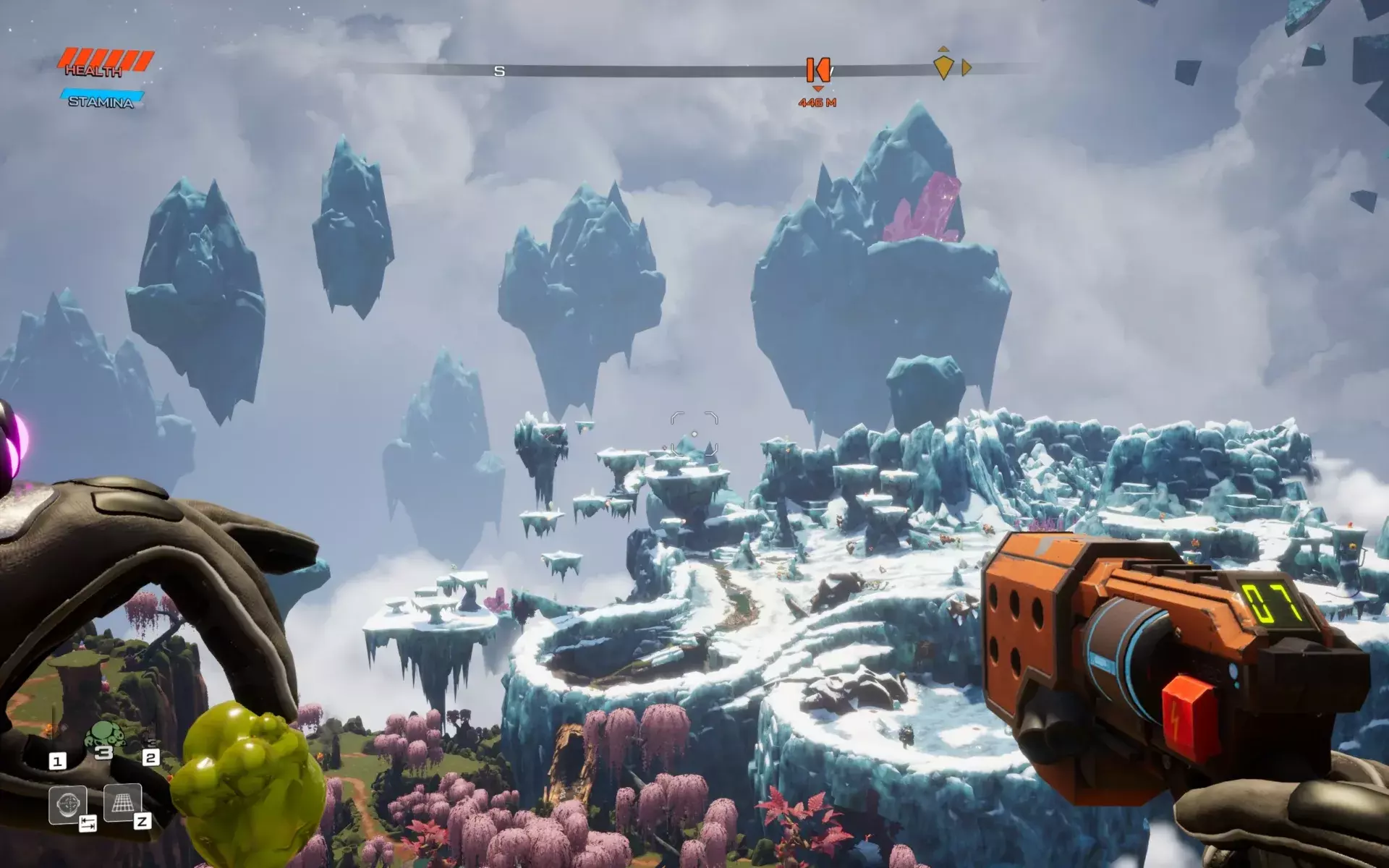
Journey to the Savage Planet takes around seven hours to complete, making it significantly more compact than Alex Hutchinson’s Ubisoft games. Credit: Typhoon Studios.
Hutchinson argues that as consoles have gotten more powerful and game engines more capable, create teams need time to adapt to these advancements in tech. It’s understandable how this contributes to protracted triple-A development cycles. The problem, however, is that the expectations of players is also on the rise, especially since platform-holders and major publishers have to constantly showcase their big-budget games in the best possible light in order to generate excitement.
This need to try to meet the best-in-class gameplay systems and graphics players demand is something that Brian Clarke, previously a terrain artist at Mythic Entertainment before going solo with The Mortuary’s Assistant, agrees with. “The bulk of it is that games have come a very long way from Pong,” he says. “Gamers expect more and developers want to deliver more. The bar for graphical fidelity is insanely high now, while [players] still [expect] 60 fps. The game’s expected to deliver a fully featured, polished, experience with hours of gameplay time.”
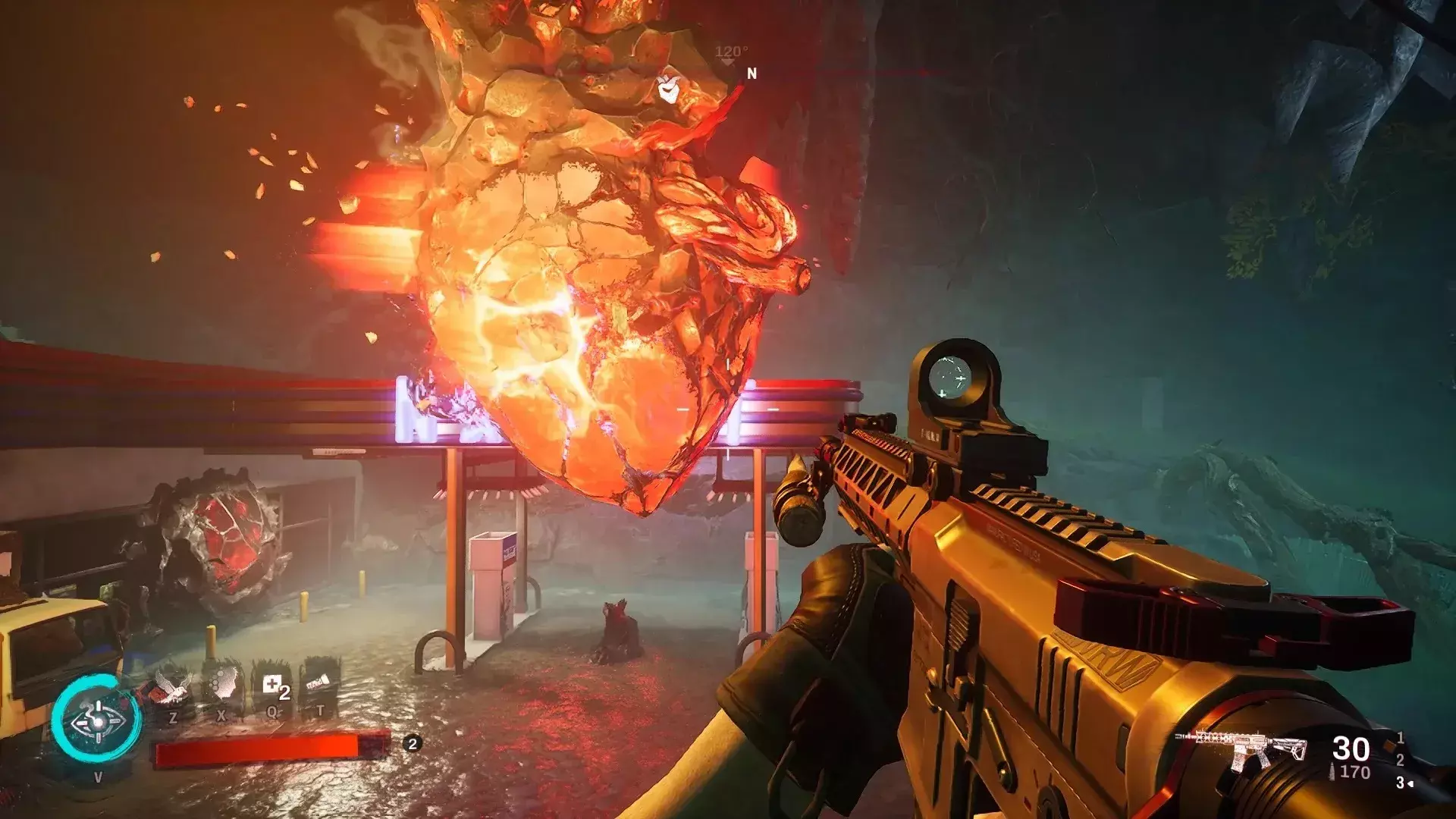
Redfall was already in development at Arkane Studio prior to Microsoft’s purchase of Bethesda. Several delays didn’t help it avoid mediocre scores at launch.
Of course, one solution could be to throw more staff on a triple-A project in the hopes of shortening development. But Hutchinson suggests that there’s a serious skill gap in the games industry right now, especially since more routes to market have opened up and talent now have alternate avenues to find success elsewhere. “The amount of money for startups in the business was huge for a while, which produced a lot more new companies, which drained senior and experienced talent from the big companies. They’ve struggled to replace them or skill up their juniors fast enough.”
Both Clarke and Hutchinson went on to develop smaller-scale titles. Is it any wonder, when indie games can often afford to be more experimental when compared to triple-A releases – and have comparatively fast turnaround times?
Developer Moo Yu, one half of the creative duo that brought us 2019’s Knights and Bikes, has a number of triple-A credits to his name before he founded indie studio Foam Sword Games with fellow programmer Rex Crowle in 2014. “I think Ratchet and Clank and LittleBigPlanet were made in a completely different era,” Yu says. “As you moved up the console generations and the expectations for games grew, you could increase the team sizes and get more done in a similar amount of time. But there is a point where the value of each additional team member hits a point of diminishing return and the only thing left to push is time, whether through crunch, extended timelines, or both.”
As a result, individual developers find it increasingly difficult to put their individual, creative stamp on a triple-A project: “It makes a big difference to the project [when] team members can feel what a big contribution they have made,” Mu adds.
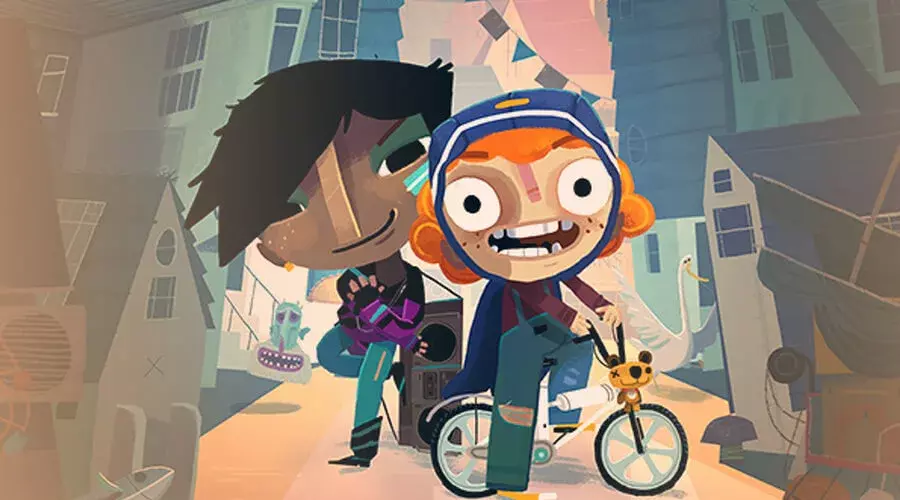
Indie titles like Knights and Bikes tend to opt for a creative art style over industry-leading graphics, resulting in shorter dev cycles.
This begs the question: is the industry doomed to suffer from unsustainable triple-A development practices, or is there a way where players and devs can have their cake and eat it? Sadly, it might be the suited higher-ups that get to decide. “I don’t think there’s currently a financial motivation to shorten development timelines,” Yu says. “In fact, I think there’s more motivation than ever to make every game development timeline infinite. And because you’re generally now releasing games against other games that have been in development and updated for multiple years, the timelines to initial release will continue to grow as well.”
Hutchinson, meanwhile, offers a simple solution. “Focus,” he says, is the way triple-A studios could avoid some of the more typical pitfalls. “Stop trying to make the Vegas buffet of games… you don’t need single player and co-op and multiplayer and UGC and the kitchen sink in every game. Pick your focus and stick to it. Be the best at it. Leave space for your other games and other companies.”
He cites live-service games as being contrary to this ethos. “The idea of games as platforms makes me squirm,” he says. “It’s an exec driven hope that will burn out more than one team in the future.”
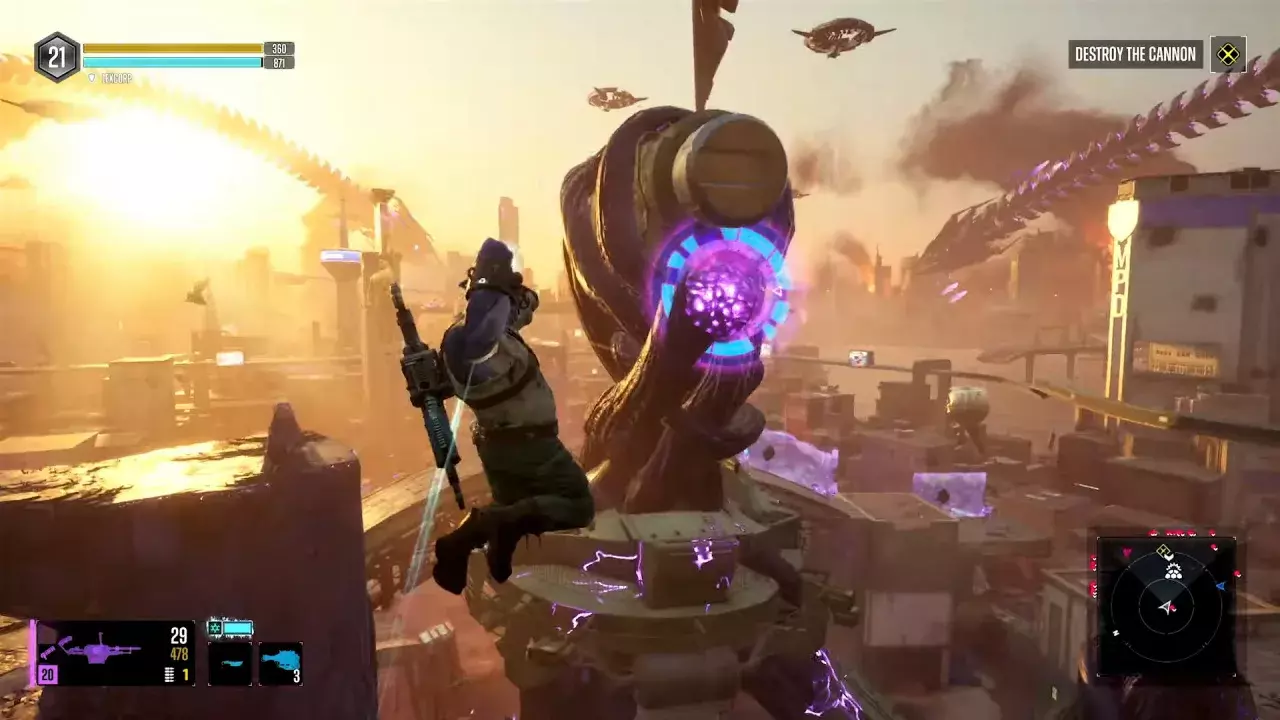
Set to launch in 2024, Suicide Squad: Kill the Justice League will be Rocksteady’s first new game since Batman: Arkham Knight almost a decade ago.
Sadly, protracted development cycles and buggy launch-day releases don’t show any sign of slowing down. But, as Clarke points out, “More and more I see people wanting short, quality experiences.”
Indie games may not push the limits of current-gen hardware, but they at least offer an alternative to the decreasing number of triple-A titles launching each year. “I really believe that players, in general, are far more happy with a solid and fun experience over a long experience with flashy graphics and a famous voice,” says Clarke. “Those things are awesome, for sure, but if you can distil your game down to its concentrated fun syrup, I think it will be far more impactful and take less time to develop.”


